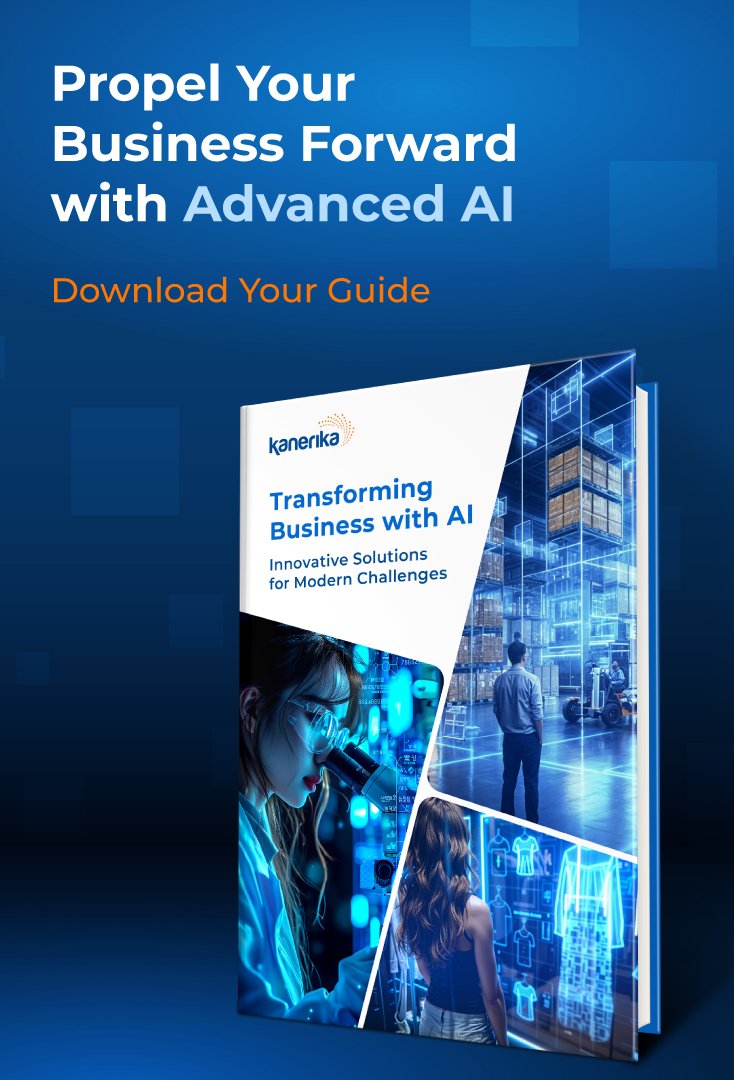Kubernetes
What is Kubernetes?
Kubernetes is an open-source system that automates the process of deploying, scaling, and managing containerized apps. It simplifies the difficult tasks involved in managing complex systems by providing an automation framework for tasks that would otherwise be time-consuming and error-prone. It helps users meet their needs for deploying and managing application containers.
Kubernetes acts as a centralized system for managing containerized applications across a cluster of nodes. To automate various operations, including updating an app smoothly when demand changes, rolling out updates seamlessly, or ensuring services stay up without any failure in instances.
What does Kubernetes do?
Kubernetes is more than a container manager. It serves as a mastermind for all containerized apps through their entire lifecycle, from deployment to maintenance. Kubernetes schedules and automates container-related tasks throughout the application lifecycle, including the following.
- Deployment: Set up a specific number of containers on the desired host and ensure they remain functional as needed.
- Rollouts: A rollout refers to an update done on a deployment. Kubernetes allows you to commence or halt changes to deployments as needed.
- Service Discovery: Kubernetes allows the creation of an IP address or DNS name through which one can access a particular container automatically, either over the Internet or among other containers.
- Storage Provisioning: Ensure local/cloud persistent storage gets attached to your containers whenever necessary with Kubernetes.
- Load Balancing: This could be done by looking at CPU usage or other custom metrics within its network to uphold performance and stability.
- Autoscaling: Kubernetes can automatically create additional clusters to manage increased traffic, ensuring the system scales effectively during peak loads.
- Self-Healing for High Availability: Kubernetes restarts or replaces malfunctioning containers in case of failure, thereby minimizing downtime. It is also possible to terminate containers that do not meet certain health check criteria.
How Kubernetes Works
Kubernetes helps automate the deployment, scaling, and management of containerized applications. It decouples control-plane functions from worker nodes, thus providing a robust and scalable platform for modern application deployments.
Functionalities of Control Panel
Control Plane: Control Plane: The control plane acts as the central nervous system of a Kubernetes cluster and is responsible for issuing directives and maintaining the desired state of the cluster. Its major components include:
- API Server: The API server serves as an entry point that enables users to access various types of APIs within Kubernetes at once. It can either verify or reject requests made by its clients and issue instructions to appropriate components for execution.
- Scheduler: Scheduler plays a crucial role in managing workload allocation across a number of clusters. It looks at both resource availability on worker nodes and specifications about pods to determine where new pods should be located.
- Controller Manager: The cluster controller manager watches over a variety of smaller controllers, each responsible for handling its own set of states. These controllers always keep an eye on the cluster and appropriately react to achieve the desired state specified in the deployment configurations.
- etcd: etcd is a distributed key-value store with the central repository for cluster configuration data. It stores vital information such as pod and service definitions, deployment configurations, and what is going on in the cluster now.
Functionalities of Worker Nodes
Worker Nodes: Worker nodes are the workhorses of the Kubernetes cluster. They are individual machines (physical servers or virtual machines) that run containerized applications. Each worker node runs this software to help with container management:
- Kubelet: The kubelet acts as a worker node agent that will take instructions from the control plane. It ensures that pods assigned to this specific node operate correctly throughout their lifecycle, including starting, stopping, and restarting containers within them based on their defined specifications.
- Kube-proxy: Kube-proxy functions as a network proxy for our Kubernetes cluster. It deals with intra-pod traffic routing and directs incoming requests to appropriate pods according to service definitions, guiding user requests toward the correct application serving container instances.
- Pods: In Kubernetes, deployments are made using pods, which serve as the fundamental unit of computing resources provided by Kubernetes systems. One pod can be thought of as many processes running concurrently within one machine sharing common storage and networking resources dedicated especially to specific job functions.
Challenges of using Kubernetes
While Kubernetes offers a powerful solution for managing containerized applications, it’s not without hurdles. Here are some key challenges you might encounter:
- Steep Learning Curve: Kubernetes offers many features and functionality. It can be overwhelming for beginners who intend to master and make use of Kubernetes for their containers. The initial learning curve is extremely steep, necessitating significant investments in terms of time and resources required for training and skill development.
- Operational Complexity: A good number of activities are involved in running a Kubernetes cluster, including maintaining the control plane, worker nodes, and network configuration. Additionally, complex deployments make troubleshooting issues time-consuming due to the platform’s distributed nature.
- Attack Surface Expansion: Compared to traditional deployments, Kubernetes provides a broader attack surface area. Securing the control plane, worker nodes, container registries, and network communication will help prevent unauthorized access or potential breaches.
- Misconfigurations and Privilege Management: Misconfiguration of security policies or inadequate privilege management within containers can expose vulnerabilities that attackers can exploit. Least Privilege principles should be enforced across the entire Kubernetes environment with secure configurations.
- Cost Management: Managing control planes and worker nodes for your infrastructure plus probable licensing fees associated with container orchestration tools can be expensive depending on your infrastructure and workloads while running the Kubernetes cluster. Optimizing resource utilization while considering cost-effective solutions for cluster management are important considerations.
- Vendor Lock-in: While being an open-source platform itself, there are certain features that may depend on vendor-specific tools or integrations. This can lead to potential vendor lock-in, which limits your choices when changing the provider in the future.
Conclusion
Kubernetes’ robust platform offers scalable, very available, and efficient applications by automating complex and error-prone deployment, scaling, and management operations. It possesses an advanced control plane that fully supports large-scale apps and a worker node architecture that guarantees consistent functioning. In the age of digital transformation, Kubernetes is a vital tool for achieving operational agility and resilience in software operations.





